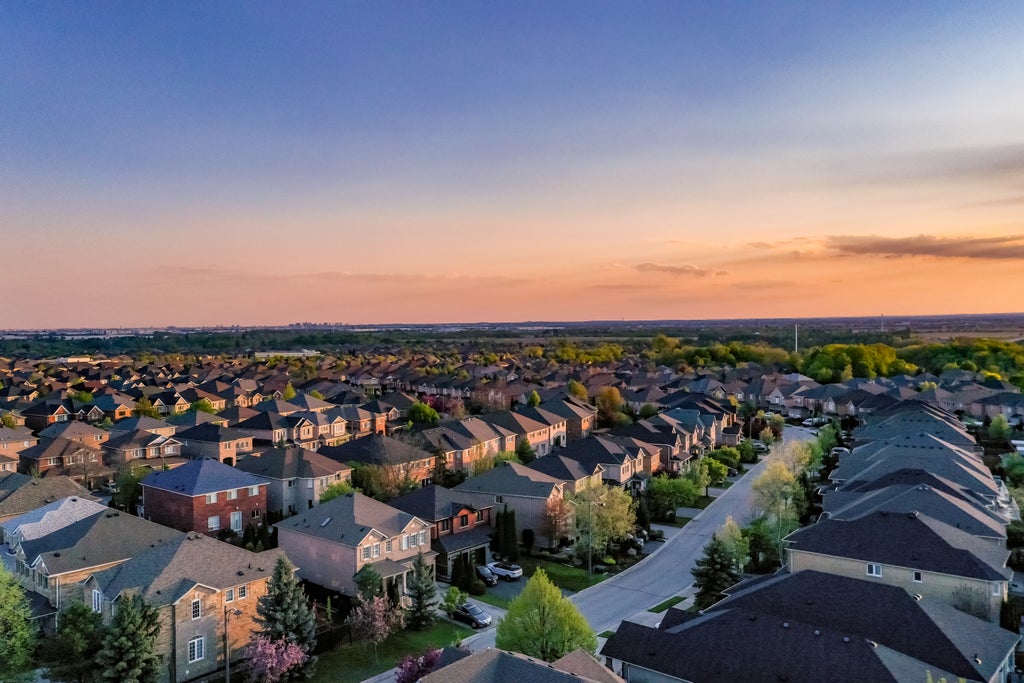In election years, all eyes turn to American swing states. Voters in these states are divided across a range of issues — including the hot topic of housing affordability — and results in these states often definitively impact who becomes the United States president.
In 2024, there are considered to be eight swing states: Arizona, Georgia, Michigan, Nebraska, Nevada, North Carolina, Pennsylvania, and Wisconsin.
Meanwhile, rising housing prices and elevated interest rates have strained U.S. affordability nationwide. Soaring home values have been a boon for homeowners who have increased their equity. For voters on both sides, housing availability and affordability are focal points, and candidates have taken note—both Harris’ and Trump’s housing plans are attracting attention.
With housing prices and inventory shortages a key topic on the campaign trail for both presidential candidates, Cotality looked at the price per square foot as well as the number of transactions in each of the swing states to see how these markets are faring.
- Despite uncertainty ahead of the Nov. 5 elections, data trends indicate no major slowdown in either monthly single-family home transactions or price per square-foot trends in any of the swing states.
- Transaction volumes in swing state housing markets appear to be responding to the concurrent market dynamics of high demand, low inventory, and falling interest rates. The intersection of these dynamics likely outweighs election cycle uncertainty.
- Most of the states exhibit seasonality, with data showing an uptick in sales during the spring cycle.
The research for these insights was done as a collaboration between Cotality Chief Scientist Howard Botts, Principal Data Scientist Tanya Havlicek, and Vice President of R&D Product Marketing, Innovation Anand Srinivasan.













